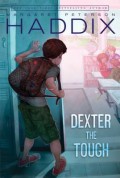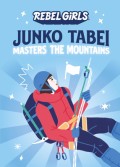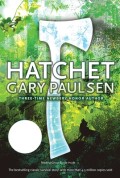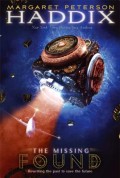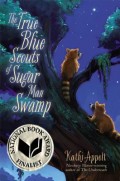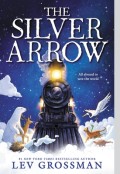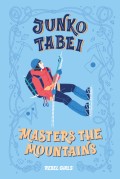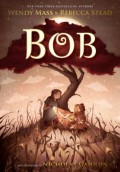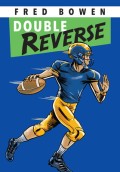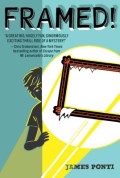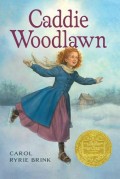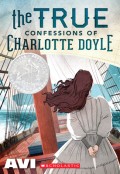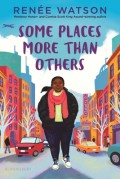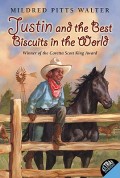
Grasping Mysteries: Girls Who Loved Math
AUTHOR
ILLUSTRATOR
SERIES
TYPE
AGE
Children's - 3rd-7th Grade, Age 8-12
READABILITY
6.5
PAGES
320 p. ;
KEYWORDS
Accomplishment, Achievement, Ambition, Attentiveness, Character, Commitment, Courage, Creativity, Curiosity, Dedication, Determination, Diligence, Encouragement, Figurative Language, Growth, Imagination, Learning, Motivation, Overcoming, Perseverance, Persistence, Prejudice, Problem-Solving, Respect, Wisdom, Wonder
CATEGORIES
SUBJECTS
PUBLISHER
Make Way For Books
Grasping Mysteries imagines snapshots throughout the lives of seven high-achieving women of science using free verse poetry. From childhood, each woman had an inborn passion for mathematics. Each faced discouragement from family members, two from their own mothers. Each used grace and firmness to overcome barriers placed on their ambitions, their sex, and their race and went on to make groundbreaking scientific discoveries.
Publisher Summary
"Informative, pithy, wry, very readable." --Booklist Learn about seven groundbreaking women in math and science in this gorgeously written biographical novel-in-verse, a companion to Finding Wonders: Three Girls Who Changed Science.After a childhood spent looking up at the stars, Caroline Herschel was the first woman to discover a comet and to earn a salary for scientific research. Florence Nightingale was a trailblazing nurse whose work reformed hospitals and one of the founders of the field of medical statistics. The first female electrical engineer, Hertha Marks Ayrton registered twenty-six patents for her inventions. Marie Tharp helped create the first map of the entire ocean floor, which helped scientists understand our subaquatic world and suggested how the continents shifted. A mathematical prodigy, Katherine Johnson calculated trajectories and launch windows for many NASA projects including the Apollo 11 mission. Edna Lee Paisano, a citizen of the Nez Perce Nation, was the first Native American to work full time for the Census Bureau, overseeing a large increase in American Indian and Alaskan Native representation. And Vera Rubin studied more than two hundred galaxies and found the first strong evidence for dark matter. Told in vibrant, evocative poems, this stunning novel celebrates seven remarkable women who used math as their key to explore the mysteries of the universe and grew up to do innovative work that changed the world. 





